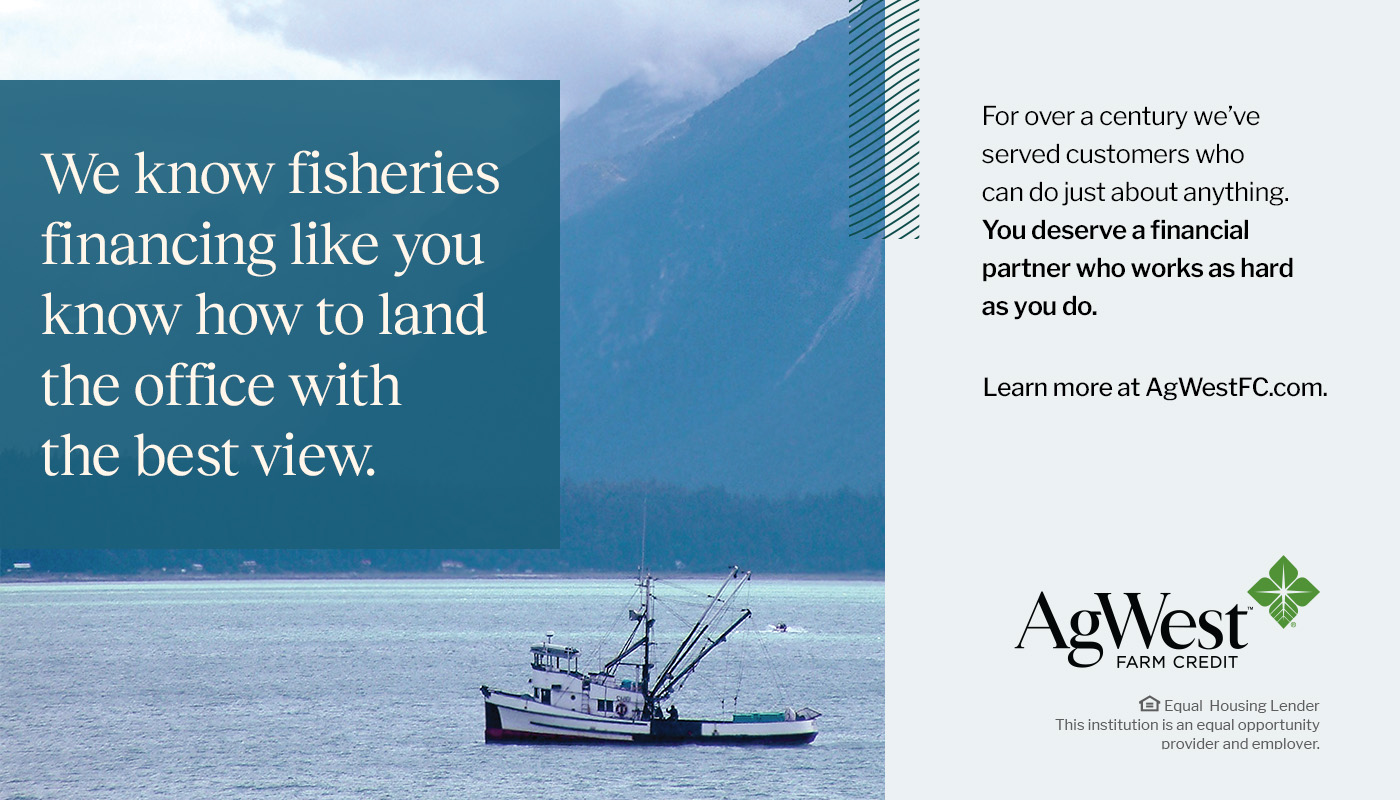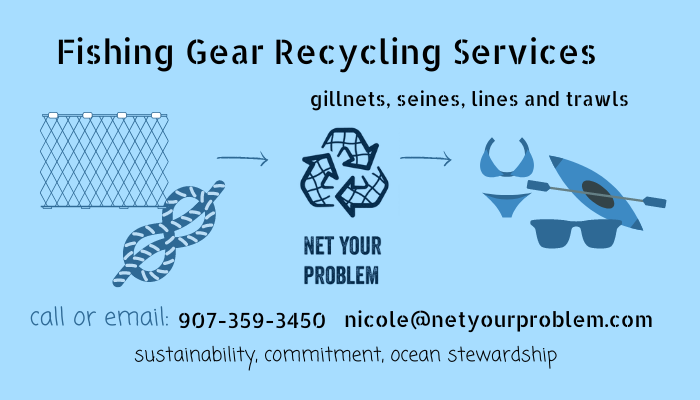IFQs & Federal Fisheries
October 28, 2022
There's no two ways around it: the quota market is SLOW. Sellers are dropping their asking prices, but buyers aren't taking the bait. The market is flooded with both halibut and sablefish quota of all kinds, the season is nearing completion, the end of the calendar year is fast-approaching, and yet, quota isn't moving.
Alaska's halibut TAC is now 81% landed, with 2C at 88%, 3A at 84%, 3B at 80%, 4A at 69%, 4B at 49% and 4CD at 78%. The sablefish TAC is 64% harvested, with AI at 13%, BS at 72%, CG at 67%, SE at 78%, WG at 75%, and WY at 81%. Kodiak has surpassed Homer as the top port for Halibut deliveries, having taken 2,415,277 pounds compared to Homer's 2,328,612. Seward remains the top port for sablefish deliveries at 6,356,099 pounds, with Sitka close behind at 6,185,126.
Let's talk about crab. Of course, the closure of the Bristol Bay red king crab and Bering Sea snow crab fisheries are all over the news this month. The Alaska Bering Sea Crabbers put out a press release focused on what comes next, pushing for rapid financial relief, adaptive and responsive management, and bolstered scientific research. That's great, but what are the folks in charge actually doing? The Alaska Bycatch Review Task Force is wrapping up their term, with a virtual meeting scheduled for November 1, including time allotted for public comment (be sure to tune in and comment). The Task Force will meet twice more next month, on November 7 and 15 before submitting its final report. Gov. Dunleavy and Rep. Peltola have requested $250 million in disaster relief funds from Congress, and Dunleavy cited warming ocean temperatures for the stock collapses. In the meantime, the direct financial losses from the closures are estimated to reach half a billion dollars, with the indirect losses pushing that up to $1 billion.
If all of that doesn't feel like a big ole slap in the face, try this on for size: while the directed fleet sits this one out, the trawlers' pre-approved crab bycatch is millions of pounds. Millions. This season, the directed fleet gets to pull up precisely zero Bristol Bay red king crabs; trawlers get to haul in 26,445 crabs. The directed fleet gets to pull up zero snow crabs; trawlers get 3,623,201 crabs. The directed fleet gets 2,013,000 Bairdi Tanners, the Trawlers get 2,604,904 (about 30% more than the directed fleet). The reasoning behind this? The trawlers' overhead is so high that if they don't continue operating, they'll go bust. Huh, that's weird.
Want more? Sign up for our weekly newsletter, The Fish Ticket, for permit, quota and fisheries news delivered straight to your inbox every Thursday! Enter your email address at the bottom of this page.






